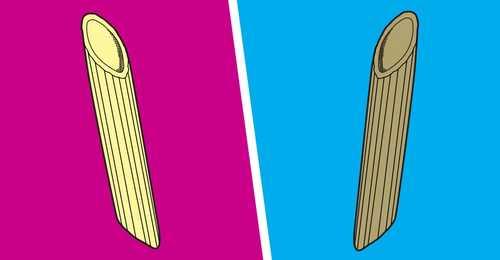Explore the World's Best Ideas
Join today and uncover 100+ curated journeys from 50+ topics. Unlock access to our mobile app with extensive features.
Multigrain is not wholegrain
The term "multigrain" is often used to imply wholesomeness, but the term is lacking. Containing the flour of multiple grains does not mean containing the flour of whole grains.
Wholegrain flour is when millers leave the grain intact before milling. It contains fiber that the pancreas and microbes demand for optimal performance.
35
159 reads
Carbohydrates in a healthy diet
Some people believe that all carbohydrates are bad. Others promote a very low carbohydrate diet.
However, an expansive analysis indicates that eating at least three servings of whole grains per day is associated with a lower risk of death from cancers, heart disease, and stroke.
34
113 reads
Whole grains or milled grains
Scientists speculate that when the whole grain is milled and becomes whole-wheat flour, the digestion and absorption process is still fast and can induce higher insulin responses.
Theoretically, milled grains are less beneficial than whole grains that are not processed.
26
98 reads
The absorption of starches
According to Harvard's website, the glycemic index of white bread and whole wheat bread is the same. The glycemic index depends mostly on the particle size of the food. When whole grains are milled, the particles are similar in size to those of white flour.
Thicker penne have a lower glycemic index than thinner penne. Pasta left al dente also has lower indices than pasta left to mush.
23
85 reads
What makes nutrition confusing
The amount of fiber, minerals, antioxidants, and phytochemicals are just as important as the glycemic index.
What makes nutrition confusing is the news cycle and fad diet books warning against gluten and carbs, and the marketing of meaningless things like multigrain bread. The science, however, is not confusing.
30
171 reads
IDEAS CURATED BY
Journee R.'s ideas are part of this journey:
Learn more about health with this collection
How to stay motivated
How to create a workout routine
Proper form and technique for home workouts
Related collections
Similar ideas
5 ideas
The keto diet, explained
vox.com
4 ideas
The Pros And Cons Of The Paleo Diet
huffpost.com
Read & Learn
20x Faster
without
deepstash
with
deepstash
with
deepstash
Personalized microlearning
—
100+ Learning Journeys
—
Access to 200,000+ ideas
—
Access to the mobile app
—
Unlimited idea saving
—
—
Unlimited history
—
—
Unlimited listening to ideas
—
—
Downloading & offline access
—
—
Supercharge your mind with one idea per day
Enter your email and spend 1 minute every day to learn something new.
I agree to receive email updates
